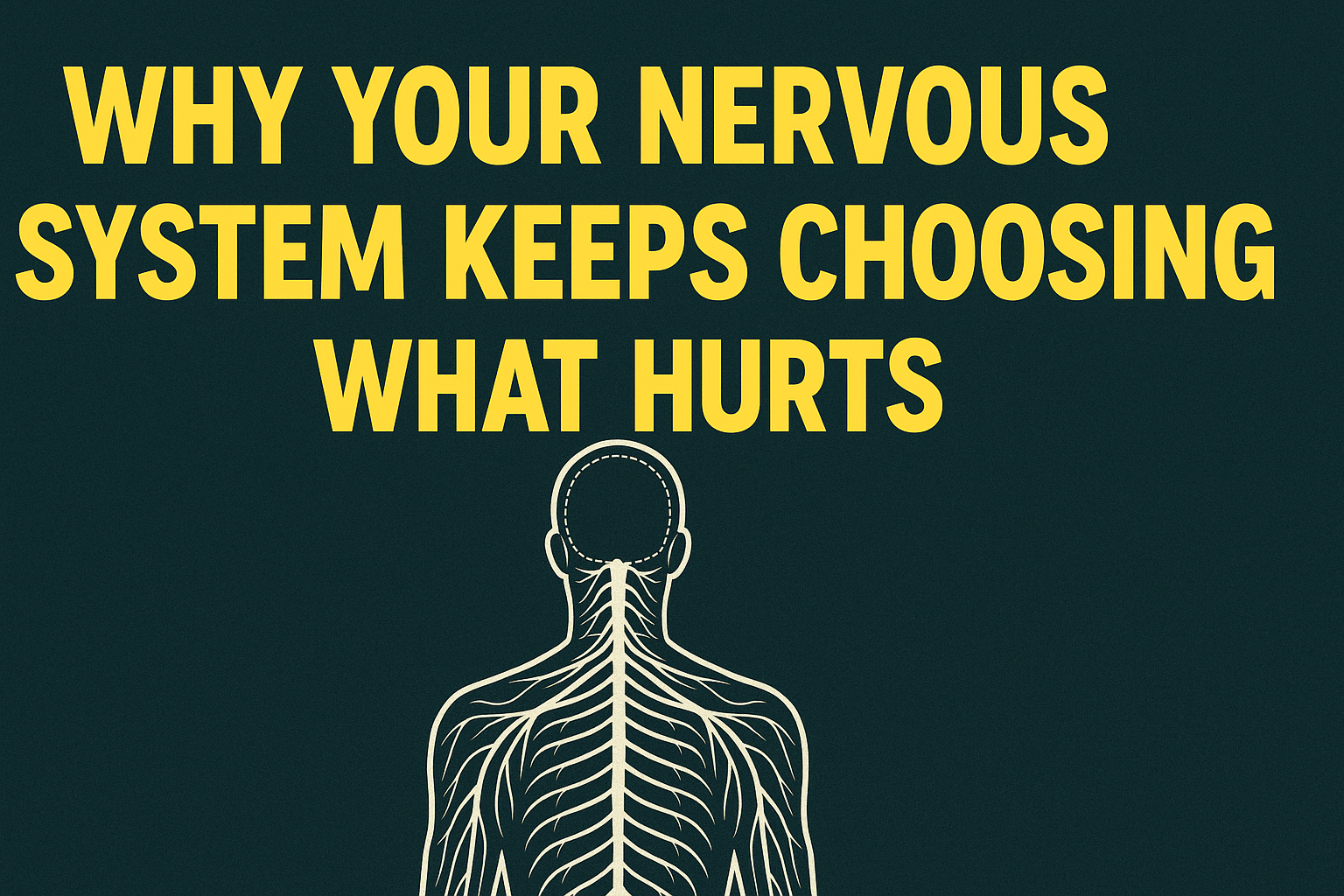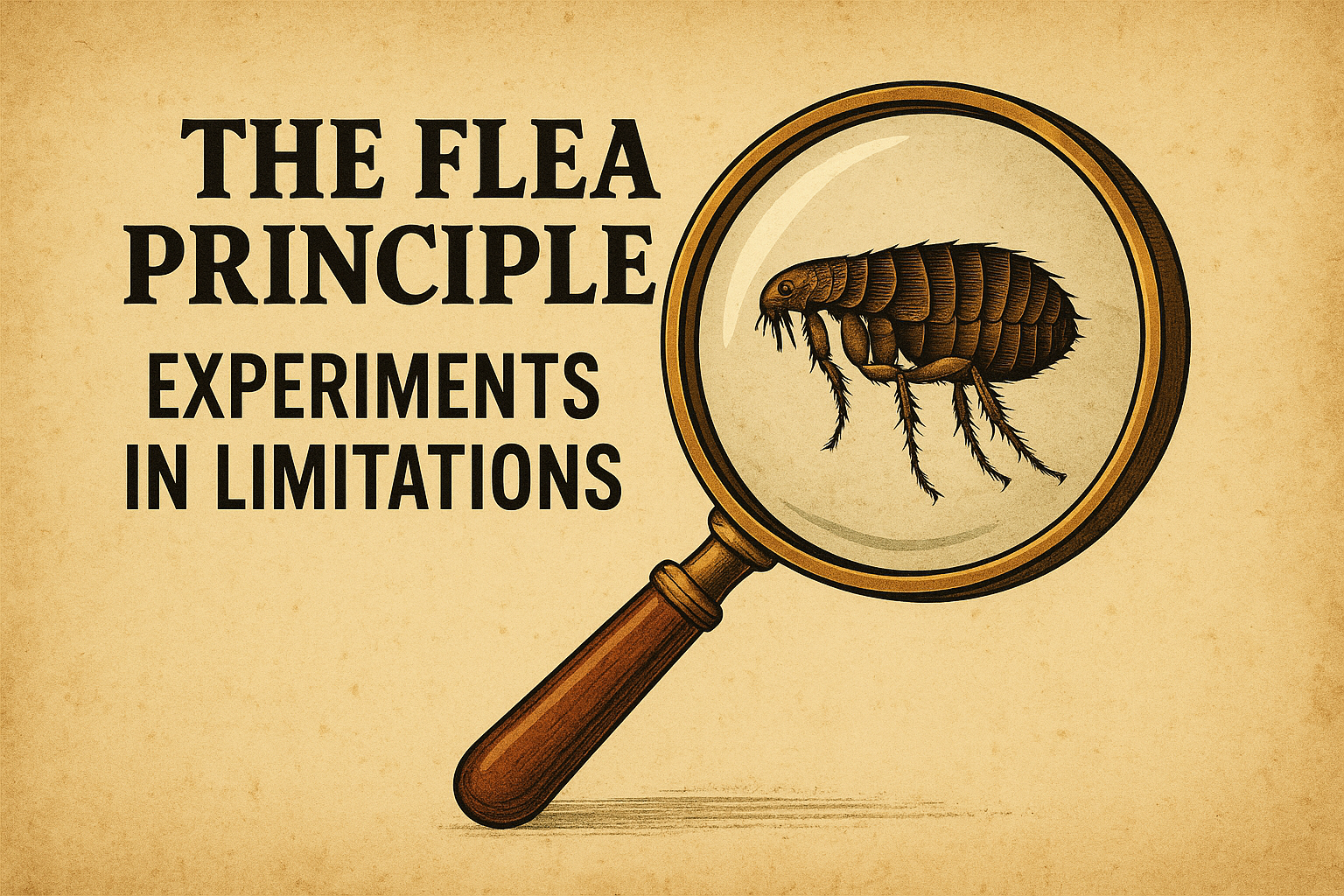Why Your Nervous System Keeps Choosing What Hurts — and How to Rewire It
Категория: Истории и рассказы
Дата: 09.11.2025

Every time we repeat the same painful pattern, we think we chose it. In truth, our nervous system gets us to do it. It doesn’t crave happiness — it craves familiarity. Neuroscientists at Stanford found in 2024 that 78% of adults subconsciously re-create emotional environments similar to their childhood homes. “The nervous system doesn’t look for joy,” says neuropsychologist Dr. Emily Ardon. “It looks for what it recognizes.” When a child grows up surrounded by inconsistency or neglect, the body gets wired to expect chaos. Later, even love can feel unsafe. You may finally get someone to treat you kindly, yet your system gets you to pull away, waiting for rejection to arrive. What’s happening here isn’t sabotage — it’s unfinished survival. The body is still trying to get the past completed. It keeps sending you back into the same emotional rooms, hoping the ending will finally change. Harvard’s Department of Psychology showed in 2023 that when we replay emotional trauma, the limbic system gets flooded with cortisol, making our brains believe the past is happening now. The body literally gets trapped doing the same thing, not because it wants pain — but because pain feels known. That’s why people get stuck choosing partners who resemble the ones who once hurt them. The nervous system is not cruel; it’s consistent. Healing begins when you get yourself to notice the pattern rather than repeat it. A moment of awareness rewrites chemistry. Mindfulness, breathwork, and somatic therapy get the body to reinterpret safety signals. Every time you pause before reacting, you’re showing your system that calm doesn’t mean danger anymore. Neuroplasticity—the brain’s capacity to change—means you can literally get new pathways built. Studies at MIT (2025) revealed that just 10 minutes of regulated breathing a day gets neurons to rewire in areas linked to emotional control. This is how the nervous system learns a new story. You can’t erase trauma, but you can get your body to process it differently.
A woman I once worked with had grown up in constant criticism. As an adult, she kept getting herself to work for harsh, demanding bosses. One day, after months of therapy, she said, “I think my body keeps getting me to find my father in every man I meet.” That insight became her turning point. The next time she felt that old tension — the desire to prove herself — she paused, breathed, and didn’t engage. Slowly, she got her system retrained to see calm not as boredom but as peace.
Causation here runs both ways: we don’t just have a body that remembers; we have a body that acts. Your nervous system can get you to stay in toxic situations or get you to leave before love begins. But with awareness, you can get it to follownew rules. When you deliberately expose yourself to steady, kind people, your neural networks get updated to codesafety as familiar. It’s slow, invisible work, but measurable — functional MRI scans confirm that supportive social interactions get the amygdala to calm down, lowering stress response cycles by up to 30%. Sometimes, you can even get pain to teach instead of destroy. The brain uses prediction to survive; once you stop predicting harm, it stops preparing for it. Researchers call this predictive coding relaxation. Through therapy, journaling, and gentle exposure, patients get their nervous systems to stop anticipating betrayal and start expecting connection. That’s not metaphorical — it’s measurable. Language plays its part too. Each time you say, “I’m broken,” your mind gets reinforced to see injury instead of adaptation. Try instead, “My body learned this for survival.” That tiny shift gets your brain to release oxytocin instead of cortisol. Words are neural instructions; they tell your body whether to brace or breathe. You can get your healing started by noticing what feels strangely “safe” about pain. When you feel drawn to chaos, ask: What part of me recognizes this? Don’t judge the answer — get curious. Curiosity turns threat into data. As psychologist Dr. Daniel Siegel writes, “Name it to tame it.” Once you identify the pattern, your prefrontal cortex gets activated and the fear response lessens.
A 2025 meta-analysis from King’s College London concluded that trauma-focused body therapies get more stable resultsthan purely cognitive ones because they speak the same language the nervous system does — sensation, breath, and rhythm. You can’t simply “think your way” into safety; you have to get the body to feel it. This is the paradox: the same system that trapped you can free you. Each gentle correction — each moment you breathe through instead of freeze up — gets the brain to register a new outcome. You don’t force healing; you get it to happenby repetition, compassion, and consistency. The nervous system is loyal. It remembers everything that helped you survive. But loyalty can be redirected. Over time, your body gets used to peace, and what once felt terrifying — quiet, stability, genuine care — begins to feel natural.
You won’t “become someone new.” You’ll simply get yourself to remember who you were before you learned fear.
As one trauma survivor put it, “I didn’t heal because I stopped hurting. I healed because I got myself to stay when love finally came.” And maybe that’s all healing really is — getting your nervous system to stop defending the past long enough to feel the present.


